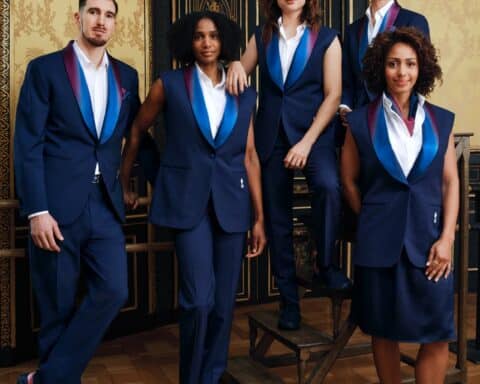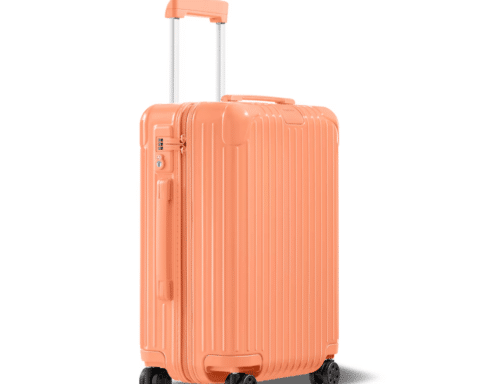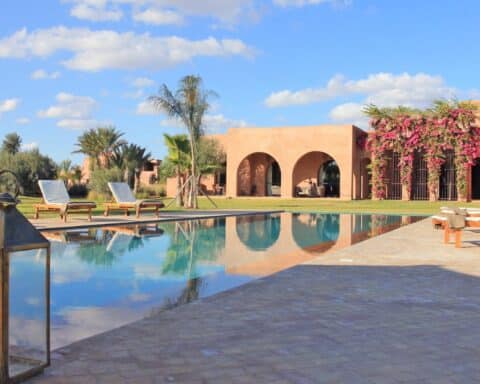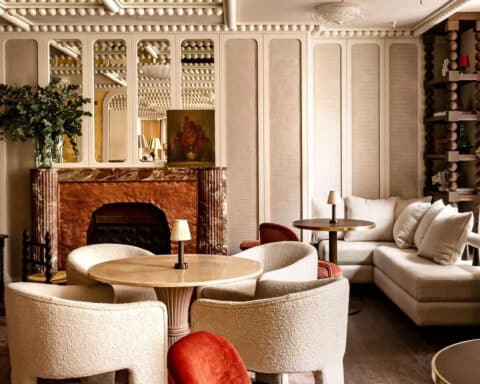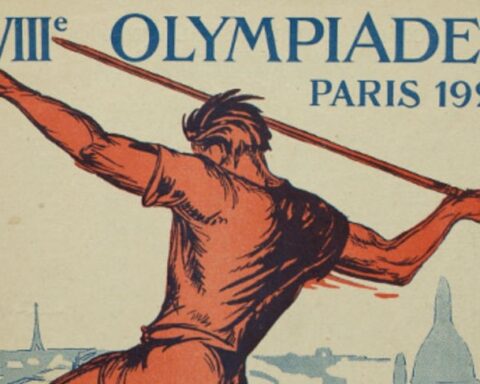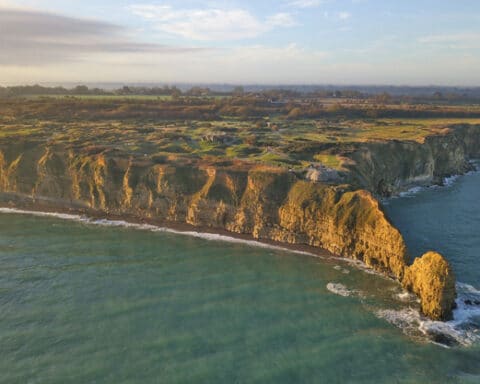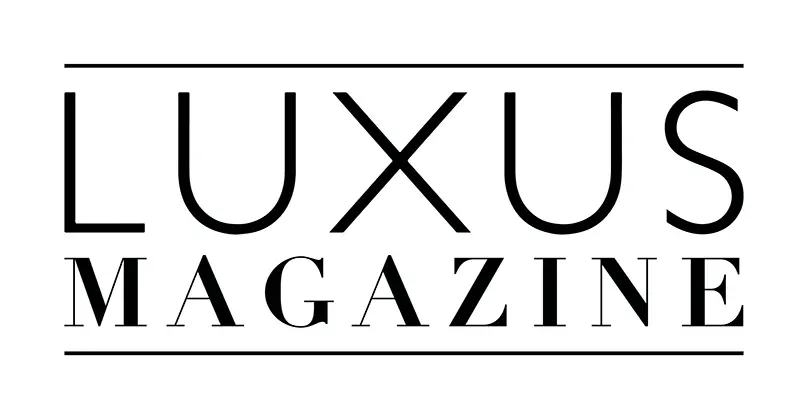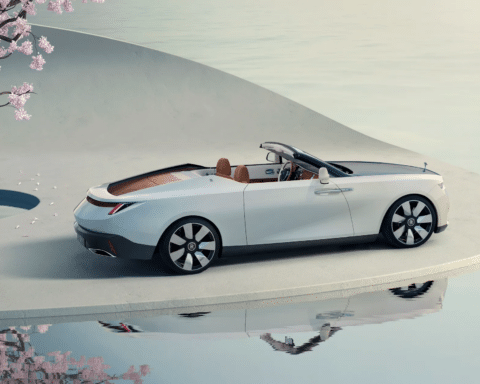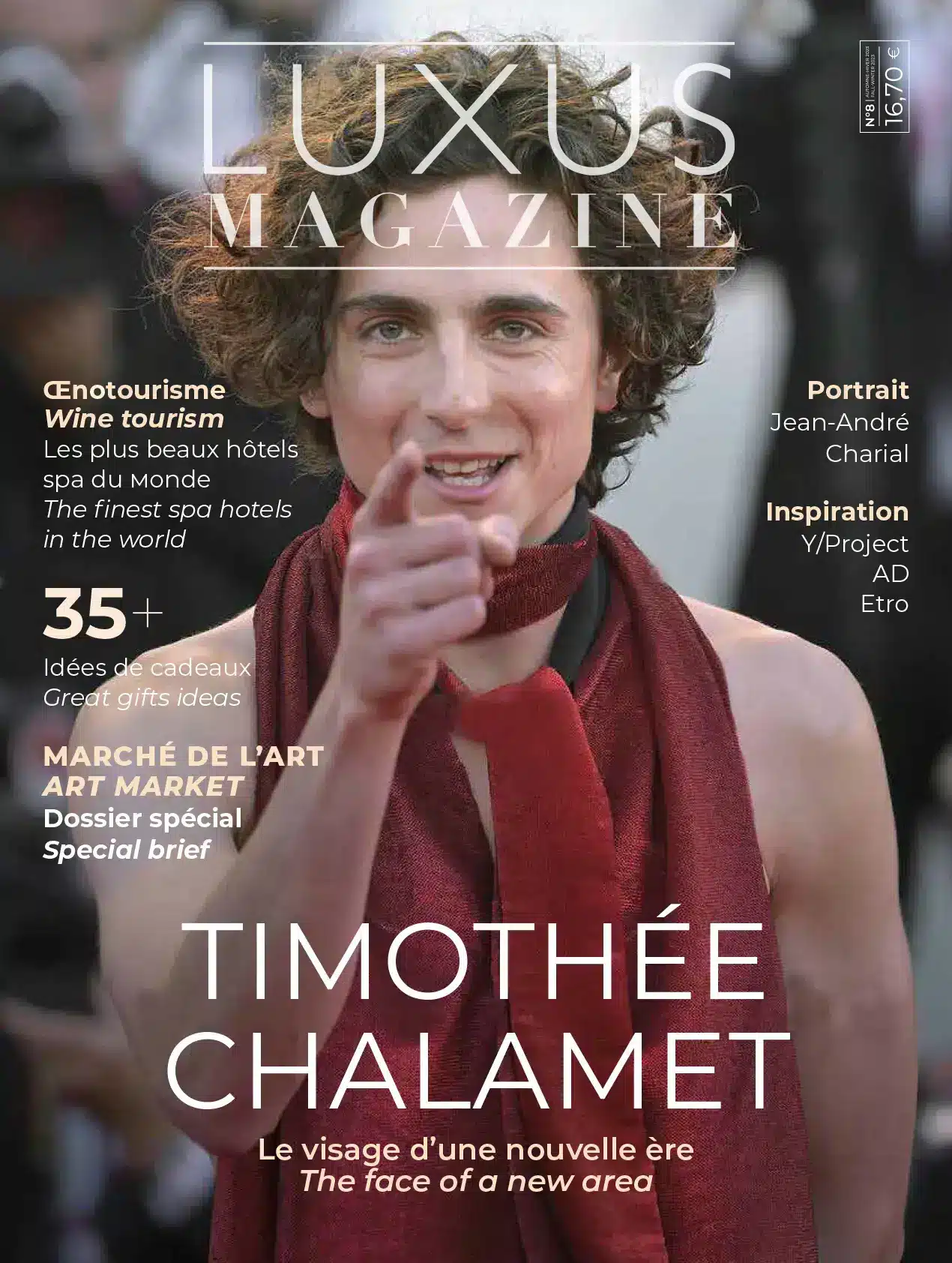What is luxury? For some people, it is goods or services that stand out because of their costly, refined and sumptuous nature. For others, it is a way of life characterized by great spending on the superfluous, while for the most reticent, luxury is only waste. But beyond these subjective definitions, luxury is a world of its own, characterized by pleasure, refinement, image, desire and elegance. These notions do not die and luxury is eternal… In the first episode of our new series, we went back in time to prehistoric times where the first traces of aesthetic objects were discovered, at the origin of luxury.
In the Dordogne, around the town of Les Eyzies, classified as a Unesco World Heritage Site for its prehistoric sites, many objects dating back to 30,000 BC, or the Paleolithic period, have been found. “In addition to instruments intended for protection or survival, there are a number of objects of adornment that one would be tempted to call luxury accessories,” explains Jean Castarède, French economist, historian, essayist and publisher. This discovery from a distant period might surprise us, yet we are not surprised when we see someone wearing an elegant bracelet. We wear objects for what they represent and not for their utility since the dawn of time. But why did prehistoric man use ornaments, and since when? What were the different types of ornaments?
Why did they wear ornaments?
We can’t say for sure why prehistoric man or woman adorned themselves with ornaments. But it is probably for the same reasons as today. Researchers have put forward several hypotheses on this subject. The ornament could be seen as the distinction of a social rank, a marital status but these explanations do not necessarily correspond to all cases: similar ornaments have been discovered on children, adolescents, adults of both sexes. The ornaments could also refer to a membership in a community or a “religion”.
Finally, for some researchers, prehistoric ornaments could be a proof of wealth, or even an object of exchange.
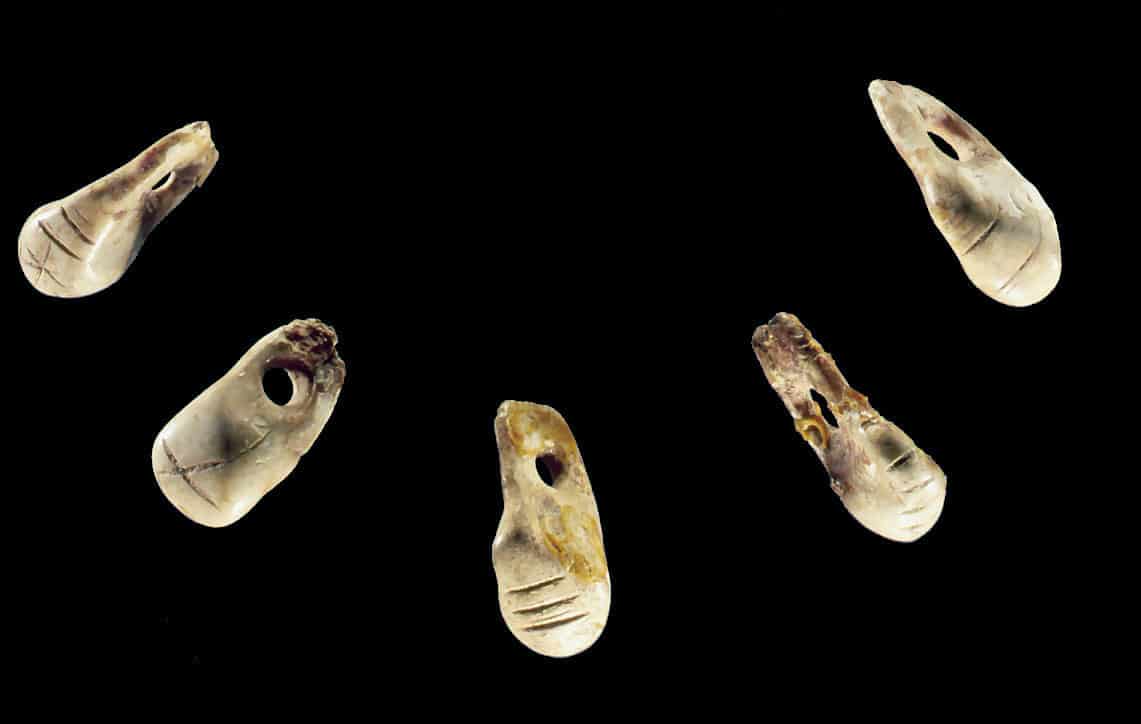
The materials and the shape of the ornament
The collection of remarkable fossils and minerals by Neanderthal man was probably motivated by curiosity. However, materials worked for ornamental purposes only appeared at the threshold of the Upper Paleolithic. They reflect the cultural upheavals linked to the expansion of modern man. The ornament, an element found by archaeologists in a recurring manner, reflects the technological changes and the extent of the movement of raw materials. The latter (stones, teeth, bones…) were highly coveted by the Palaeolithic, who were also interested in exotic materials.
Thanks to archaeological discoveries and experiments, researchers have acquired a knowledge, albeit limited, of the wearing and use of jewelry.
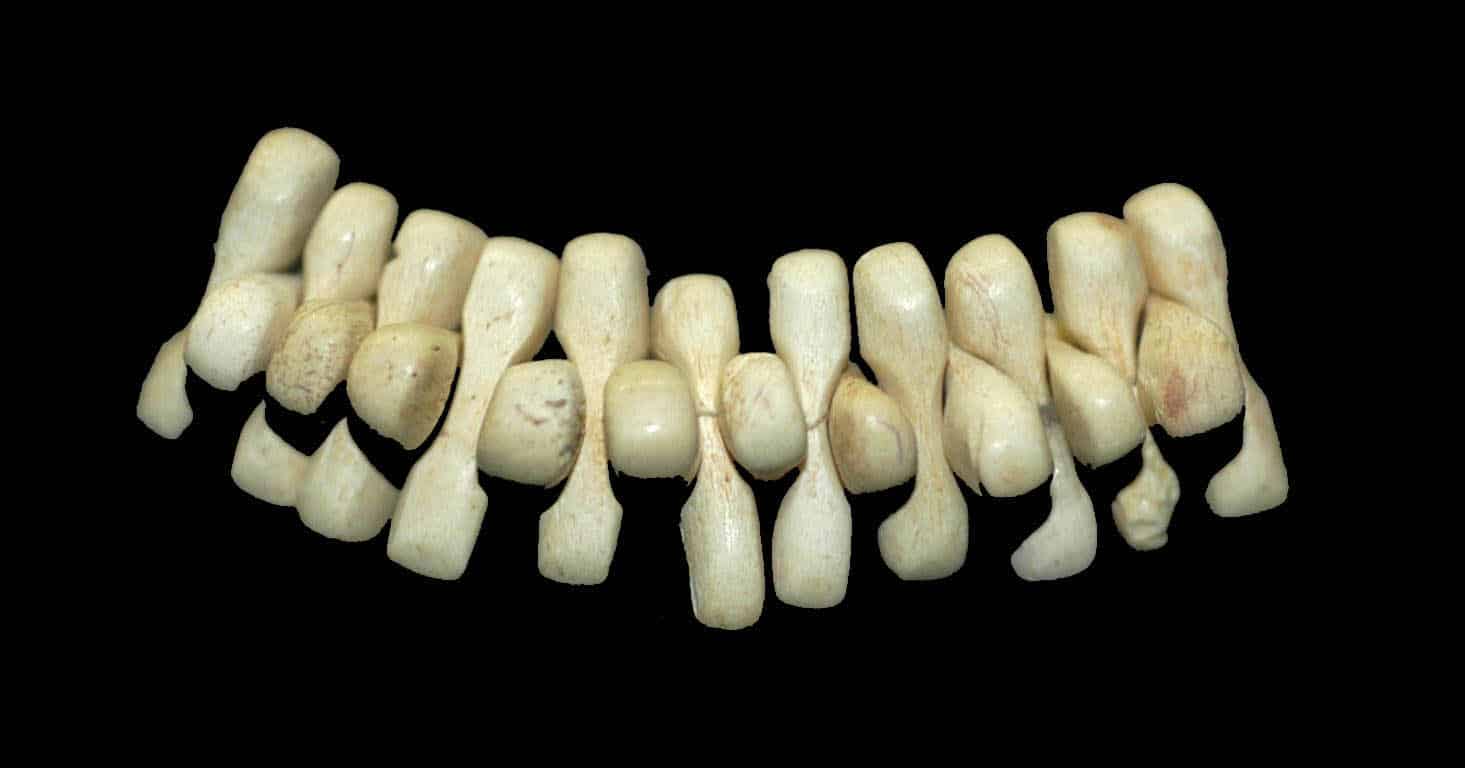
The different prehistoric jewelry
The prehistoric man used several supports and techniques to make his ornaments.
The ornament made of shells, mammoth ivory or braided fox teeth, was a very common ornament in prehistory. But we also find pendants, objects made of bone or stone, often flattened in shape, perforated at one end to allow the passage of a link to hang or attach. Figurative or symbolic statuettes, objects in relief mostly made of ivory, were worn alone or in series. In the same way, round, flat objects with a hole in the center for hanging, sometimes had an engraving of an animal representation. Finally, a common object, the cut out outlines were very flat objects whose contours followed the shape of an animal’s silhouette.
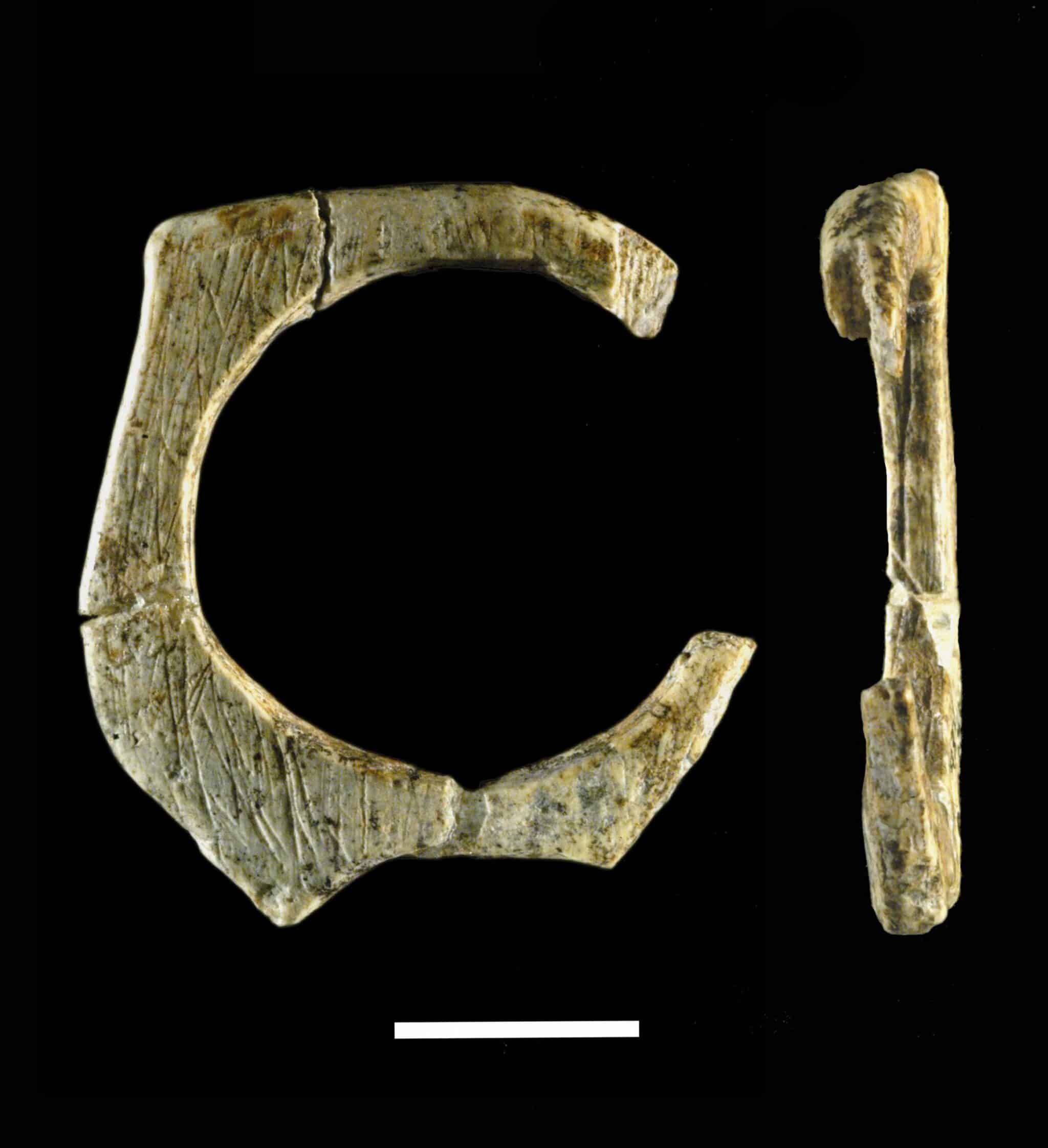
Le luxe tel que nous le connaissons n’est pas apparu subitement. Il est le fruit d’un long travail de création, adapté aux époques. Et dès la Préhistoire, des hommes et femmes ont poussé la connaissance et le raffinement, pour viser la perfection.
Read also >A SHORT HISTORY OF LUXURY: DIAMONDS, THE PUREST AND MOST COVETED MINERAL IN THE WORLD
Featured photo : ©Musée National de Préhistoire



